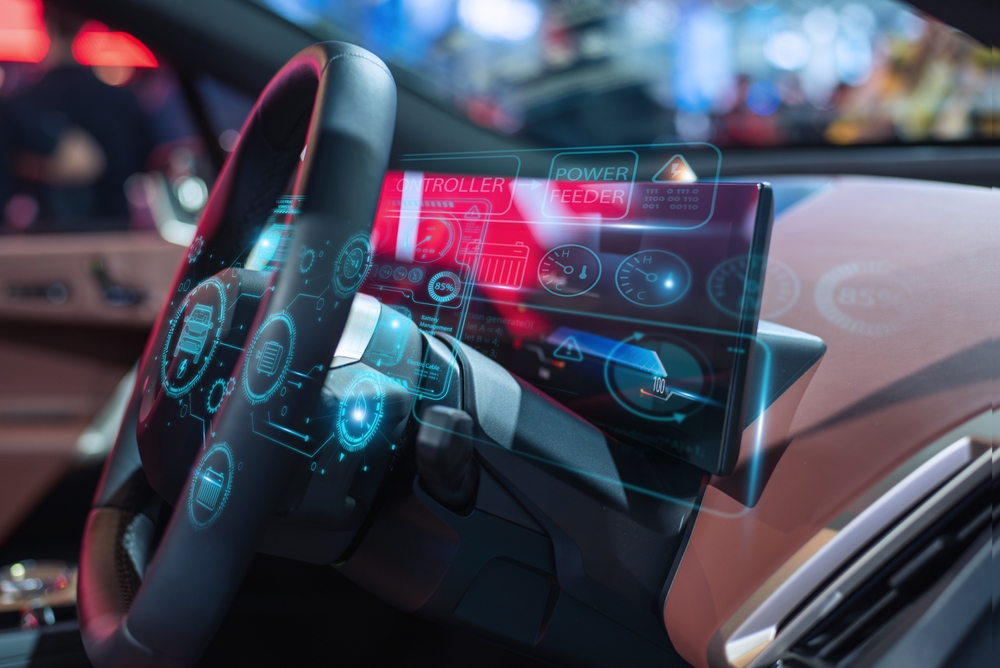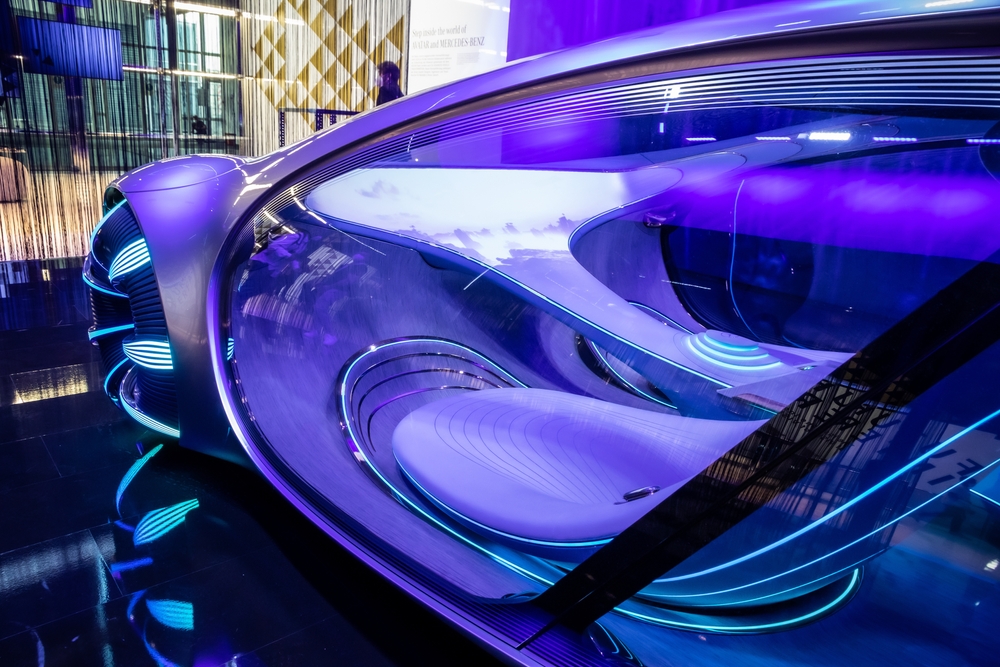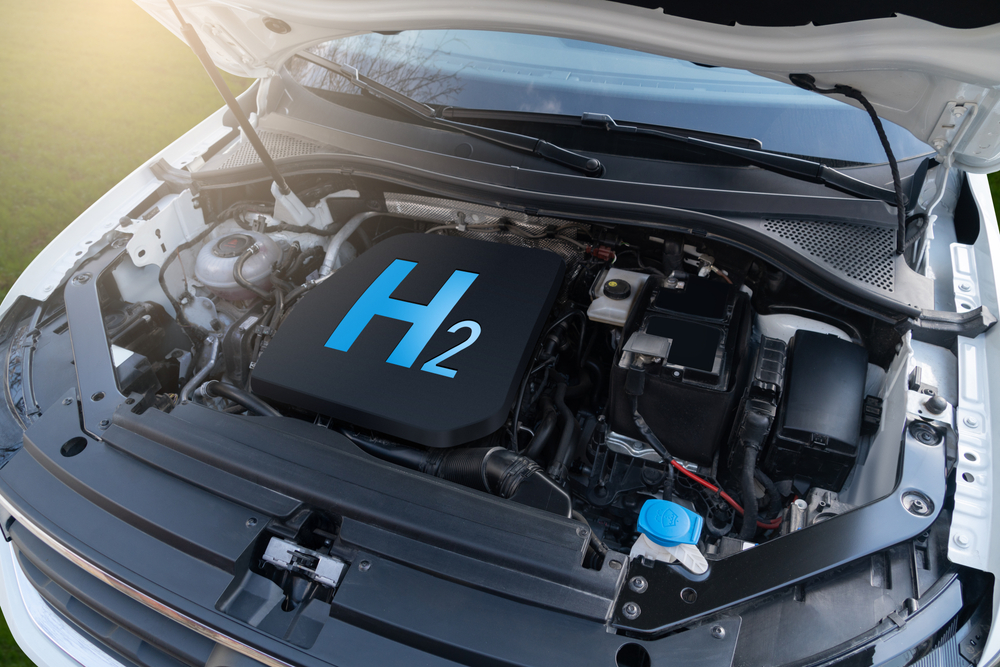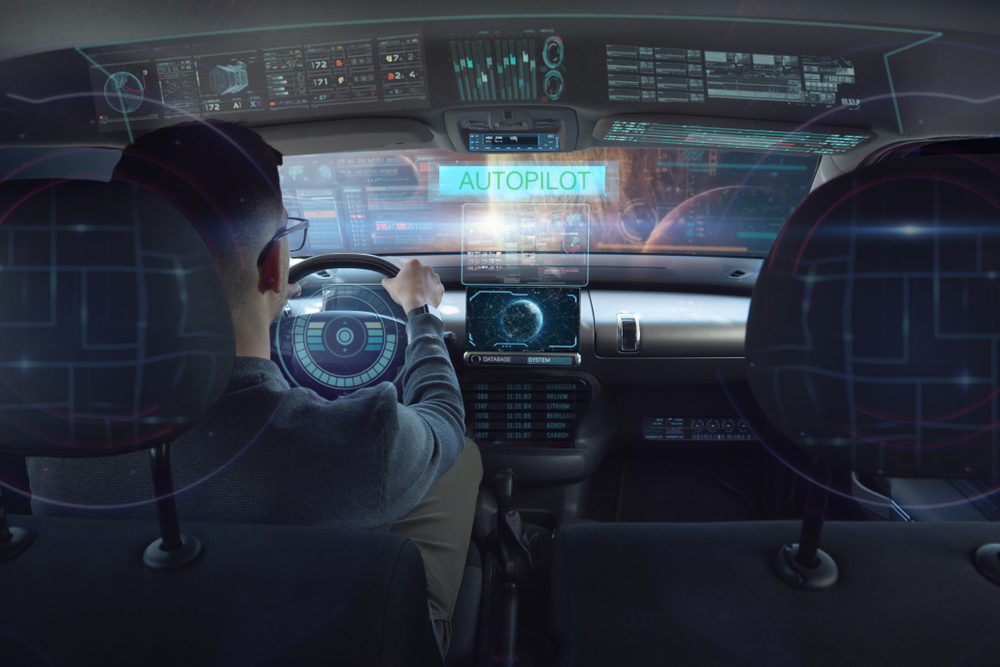Welcome to the forefront of automotive evolution, where traditional boundaries are being shattered by revolutionary technologies. As the automotive industry accelerates into a new era, groundbreaking innovations are redefining transportation, offering unparalleled convenience, efficiency, and sustainability. Explore the dynamic advancements that are transforming the way we drive, interact with our vehicles, and envision the future of mobility.
Holographic Interfaces: The Future of In-Car Control
Holographic interfaces are poised to revolutionize the way we interact with our vehicles. By projecting interactive 3D holograms onto the dashboard or windshield, these systems allow drivers to control functions, access navigation, and view important data without physical buttons. This technology enhances driver engagement and safety by providing a futuristic and intuitive way to manage in-car operations, making driving more immersive and less distracting.

Vehicle-to-Vehicle (V2V) Communication: Creating a Collaborative Traffic Network
Vehicle-to-Vehicle (V2V) communication is transforming road safety and traffic management. By enabling cars to exchange information about their speed, location, and direction, V2V technology creates a collaborative network that improves situational awareness and reduces accidents. This interconnected approach helps drivers anticipate and react to potential hazards more effectively, leading to safer and more synchronized roadways.
Dynamic Charging Roads: Revolutionizing Electric Vehicle Infrastructure
Dynamic charging roads are set to change the landscape of electric vehicle (EV) infrastructure. These innovative roadways incorporate embedded charging systems that wirelessly transfer power to EVs as they drive. This technology eliminates the need for stationary charging stations and extends driving range, making EVs more practical for long-distance travel and significantly enhancing the convenience of electric mobility.
Neuro-Enhanced Driving: Integrating Brain-Computer Interfaces
Neuro-enhanced driving is an emerging field that combines brain-computer interfaces (BCIs) with automotive technology. By allowing drivers to control vehicle functions through brain signals, BCIs offer a hands-free, intuitive driving experience. This technology aims to improve accessibility for individuals with disabilities and enhance overall driver control by enabling more direct interaction between the driver’s intentions and the vehicle’s actions.

Smart Glass Technology: Adaptive Window Tinting for Optimal Visibility
Smart glass technology is revolutionizing vehicle windows with adaptive tinting capabilities. By adjusting the level of tint in response to sunlight and driving conditions, smart glass enhances driver comfort and visibility. This technology reduces glare, improves energy efficiency by regulating cabin temperature, and offers a customizable driving experience that adapts to changing light conditions.
Integrated Health Monitoring: Vehicles as Wellness Partners
Integrated health monitoring systems are turning vehicles into wellness partners by tracking the driver’s health and well-being. Equipped with sensors and biometric technology, these systems monitor vital signs such as heart rate, stress levels, and fatigue. By providing real-time health insights and alerts, these features promote safer driving and encourage a healthier lifestyle, making vehicles an integral part of personal wellness.
Hydrogen Fuel Cells: Pioneering a New Era of Clean Energy
Hydrogen fuel cells are emerging as a promising alternative to conventional battery-powered vehicles. By using hydrogen to generate electricity through a chemical reaction, these fuel cells produce zero emissions and offer fast refueling times. With ongoing advancements in hydrogen infrastructure and technology, hydrogen fuel cell vehicles could play a key role in achieving sustainable transportation and reducing our reliance on fossil fuels.

Gesture Control Systems: Enhancing In-Car Interaction
Gesture control systems are bringing a new level of interactivity to vehicles by allowing drivers to operate functions using hand movements. These systems use sensors and cameras to detect gestures, enabling drivers to adjust audio settings, navigation, and other controls without physical contact. Gesture control enhances convenience and reduces distractions, providing a more seamless and intuitive driving experience.
Customizable Autonomous Pods: Tailoring Mobility to Your Needs
Customizable autonomous pods are redefining personal transportation by offering flexible and adaptable mobility solutions. These modular vehicles can be reconfigured for various purposes, such as transportation, cargo, or social spaces, based on user needs. With autonomous driving technology, these pods provide a personalized and efficient transportation experience, catering to diverse lifestyles and requirements.
Augmented Reality Maintenance Guides: Simplifying Vehicle Repairs
Augmented reality (AR) maintenance guides are transforming vehicle repairs by providing visual, step-by-step instructions overlaid on the actual vehicle components. Using AR glasses or mobile devices, drivers and technicians can access detailed repair guidance and diagnostics in real-time. This technology simplifies maintenance tasks, reduces the risk of errors, and enhances the overall repair experience by making complex procedures more accessible.

Energy-Harvesting Vehicle Surfaces: Generating Power on the Go
Energy-harvesting vehicle surfaces are an innovative approach to generating power while driving. By integrating materials that capture kinetic energy from vibrations and movements, these surfaces convert mechanical energy into electrical power. This energy can be used to power vehicle systems or recharge batteries, contributing to overall energy efficiency and reducing reliance on external charging sources.
Conclusion
The automotive landscape is undergoing a dramatic transformation, driven by a wave of groundbreaking technologies that are redefining transportation. From holographic interfaces and dynamic charging roads to neuro-enhanced driving and energy-harvesting surfaces, these innovations are enhancing convenience, safety, and sustainability. As we embrace these advancements, the future of mobility promises to be more connected, efficient, and personalized than ever before. Prepare to navigate a world where automotive technology meets futuristic possibilities, and the road ahead is filled with endless opportunities.

